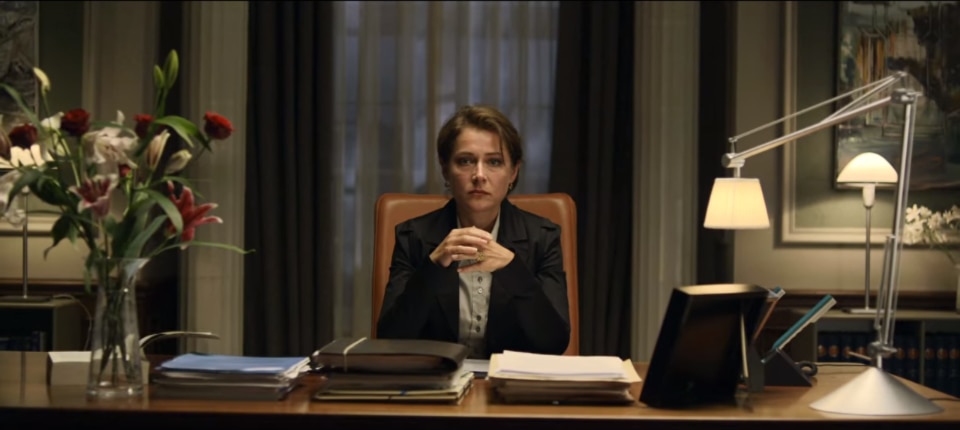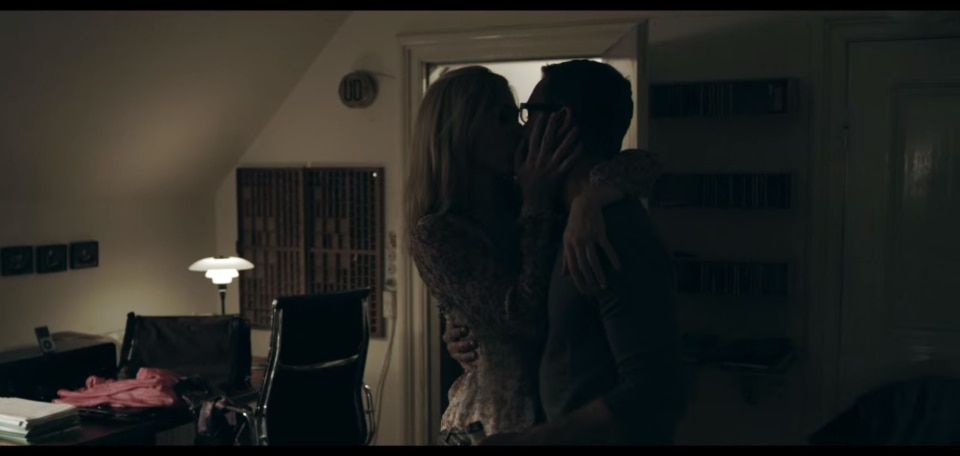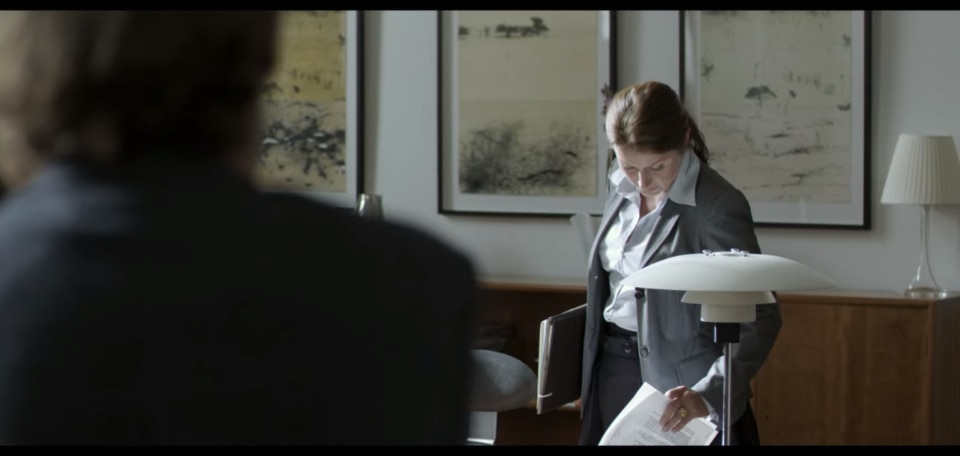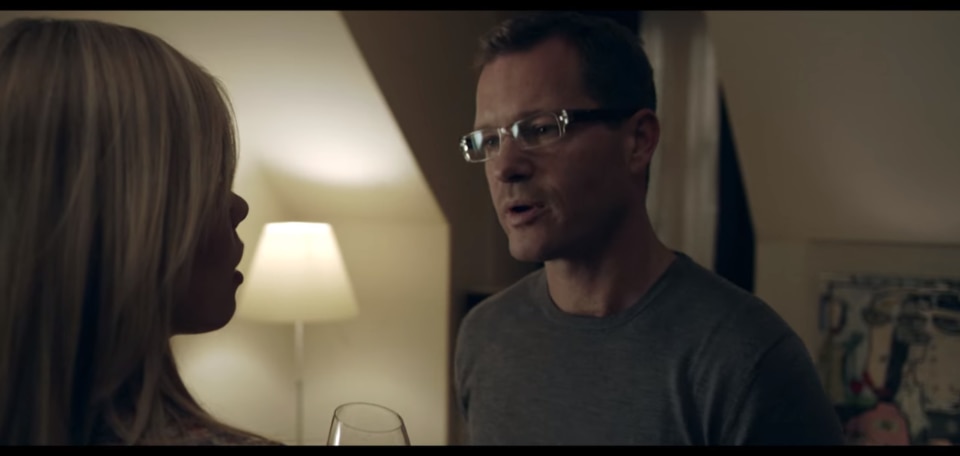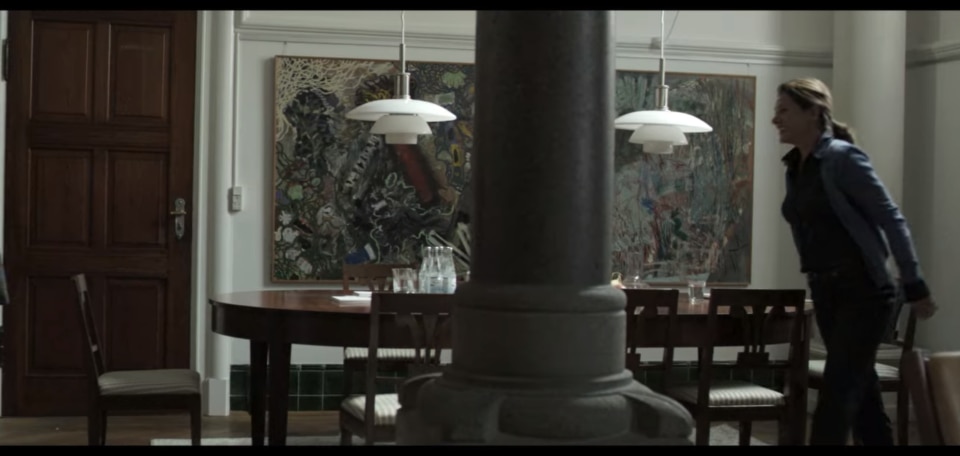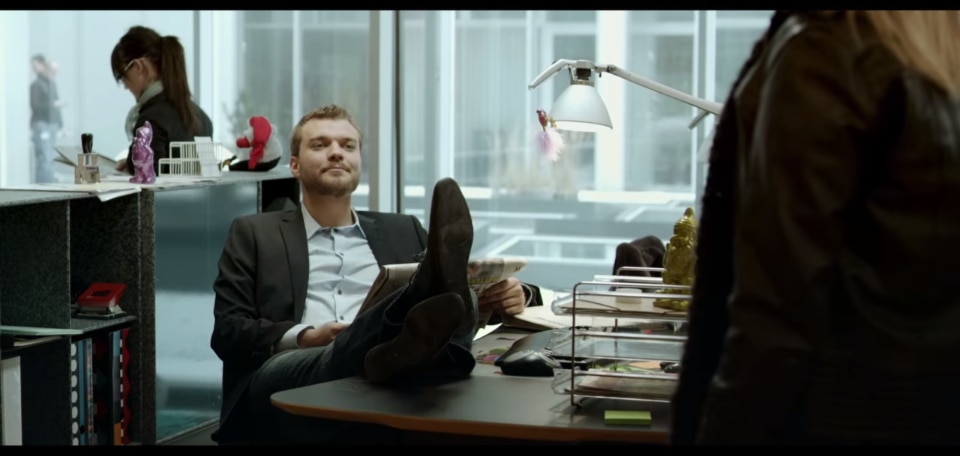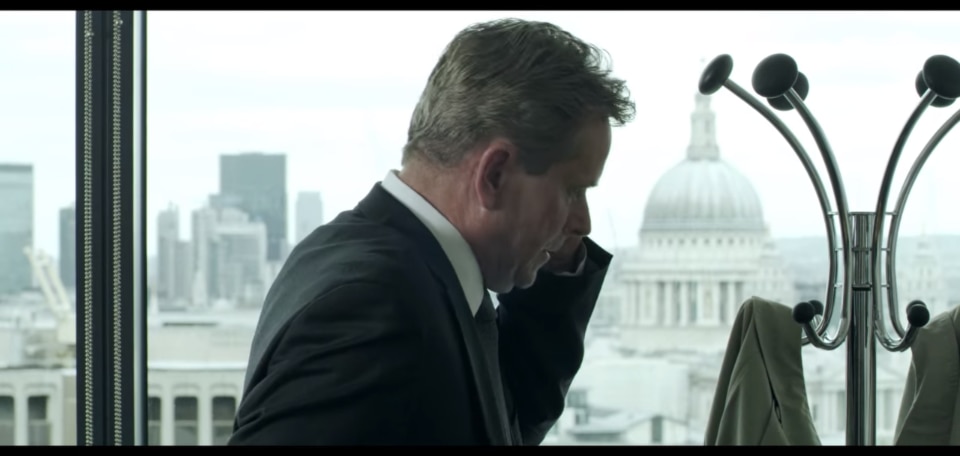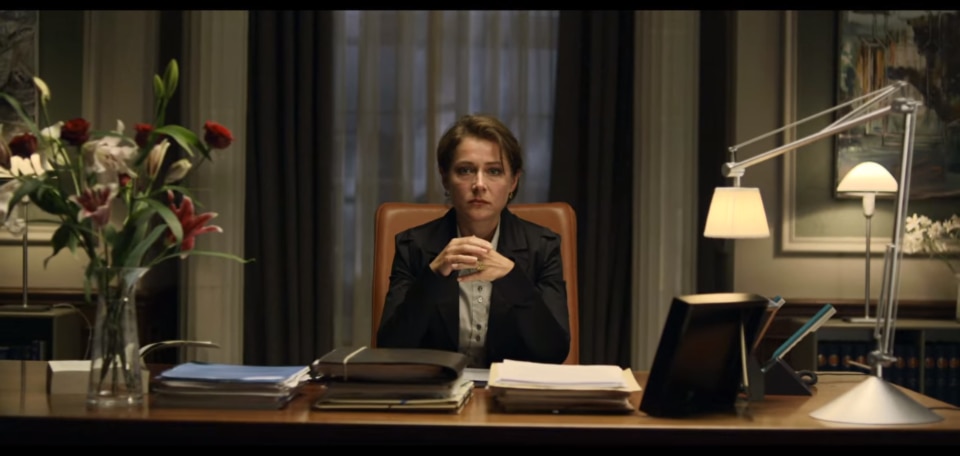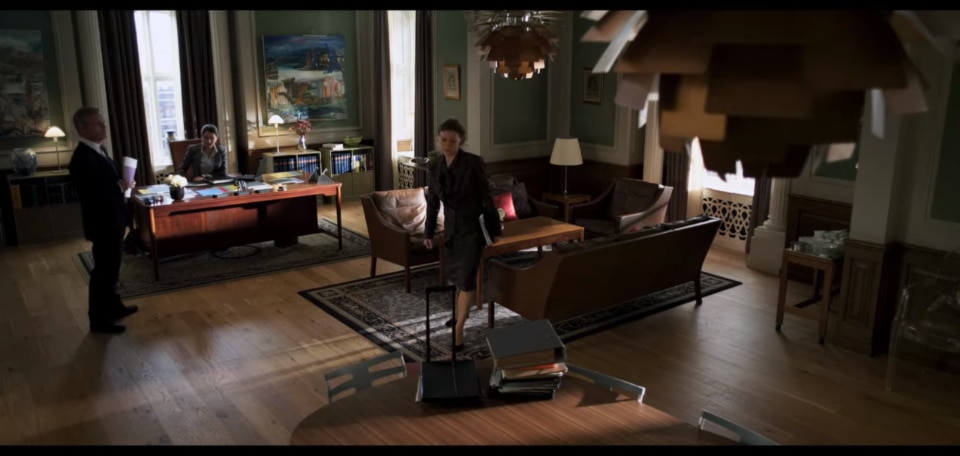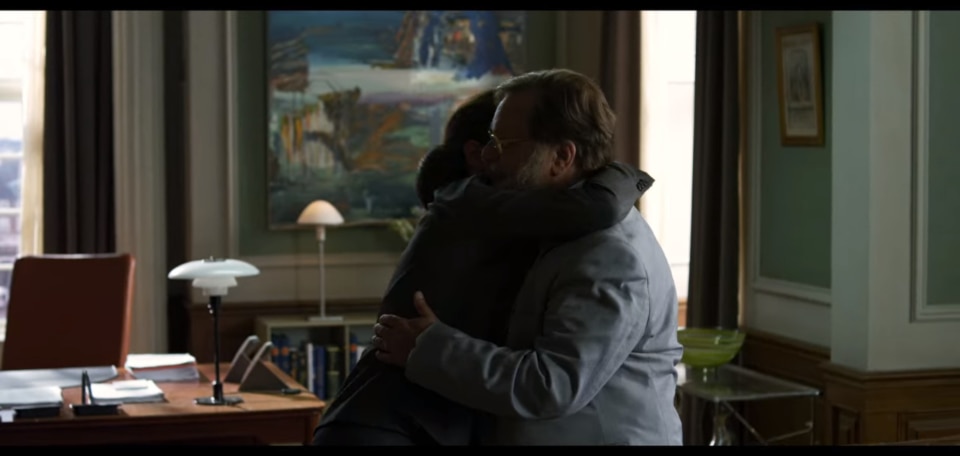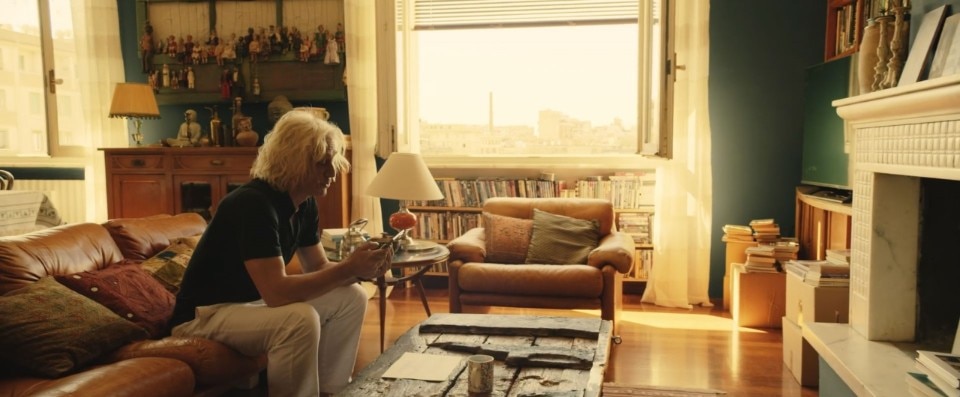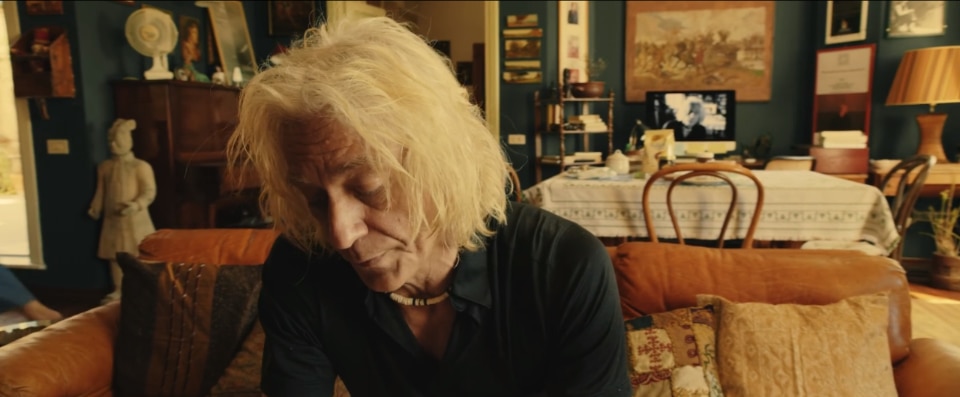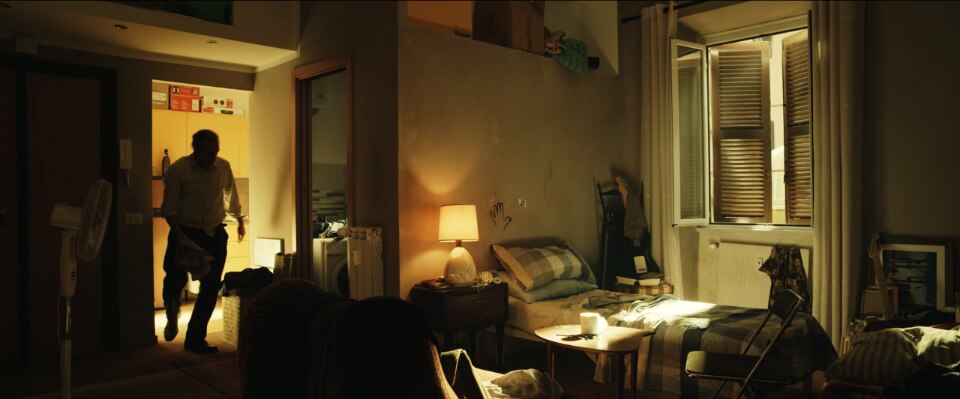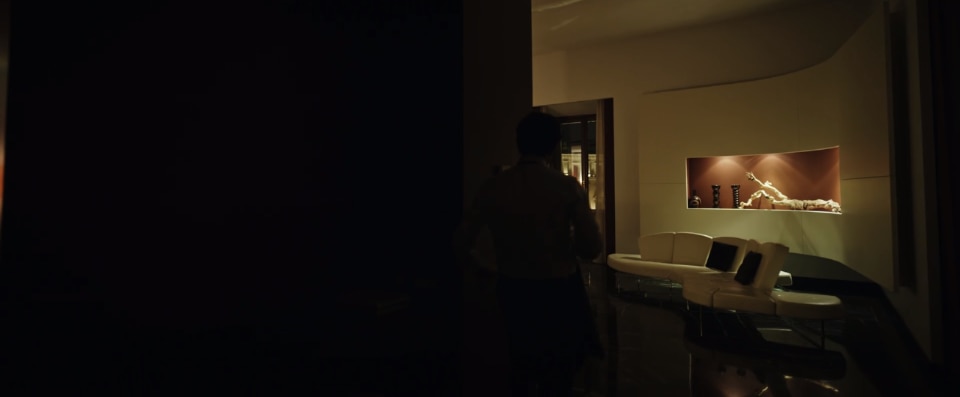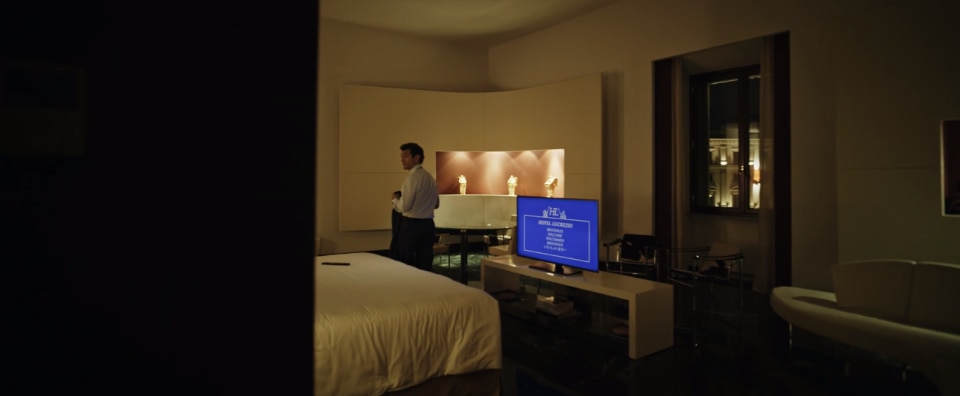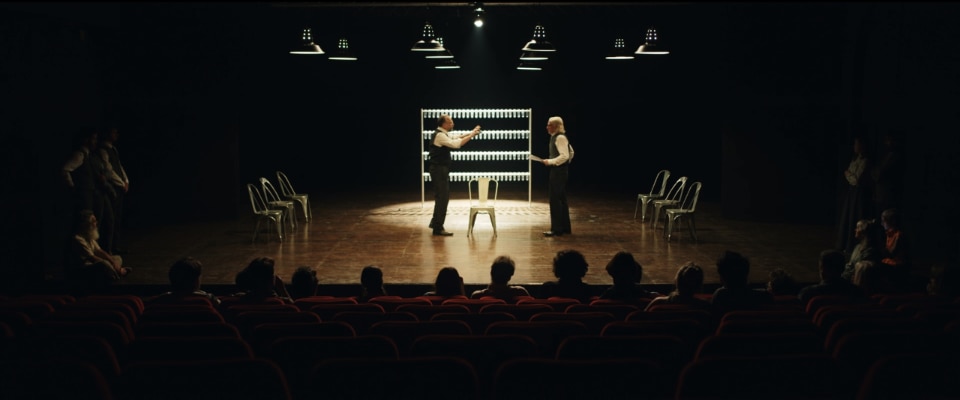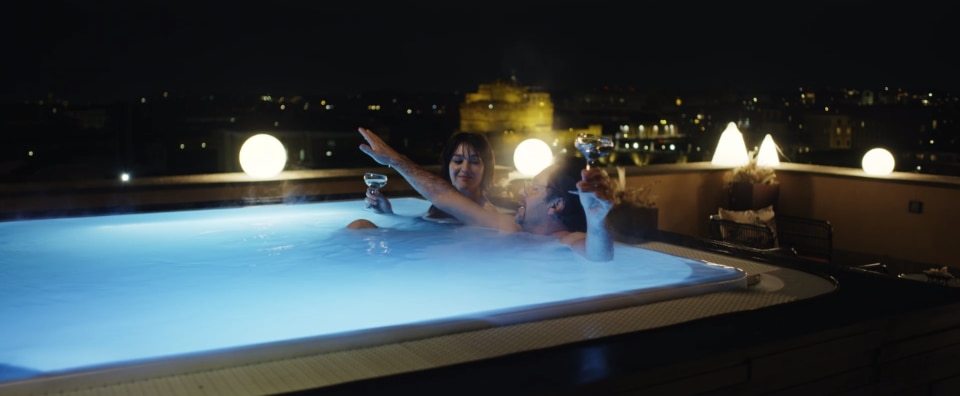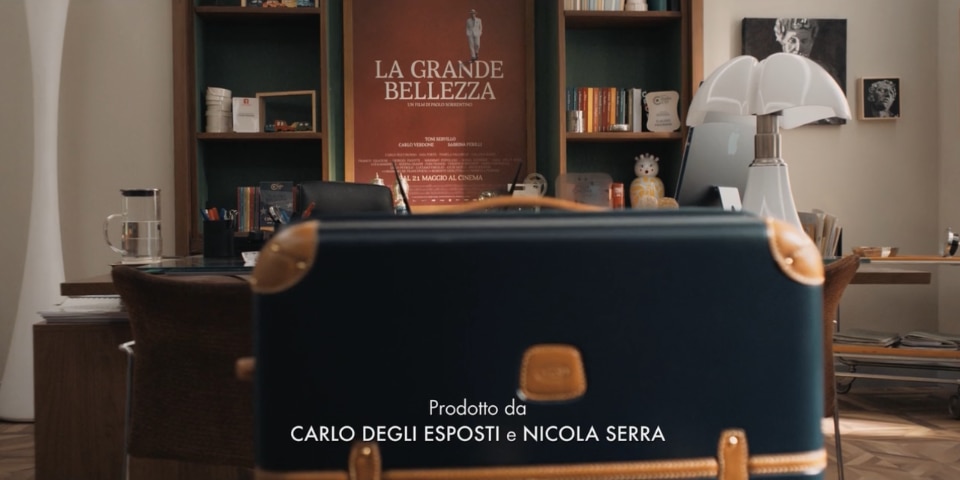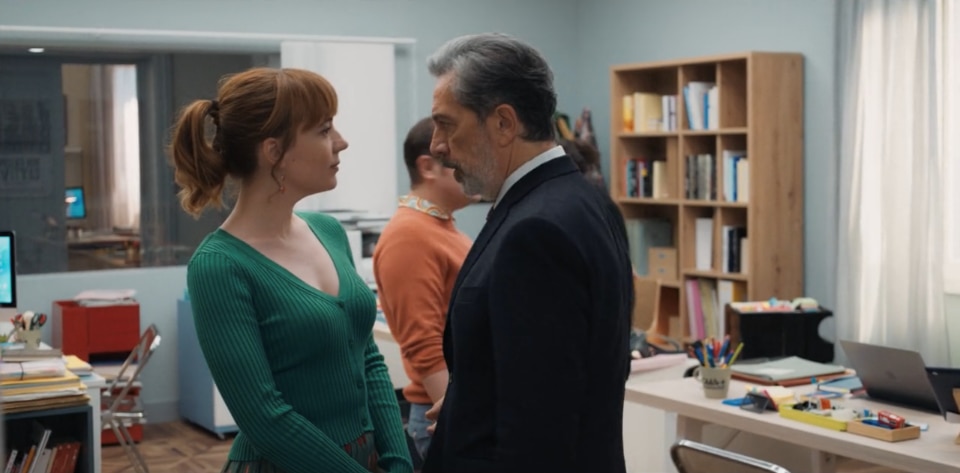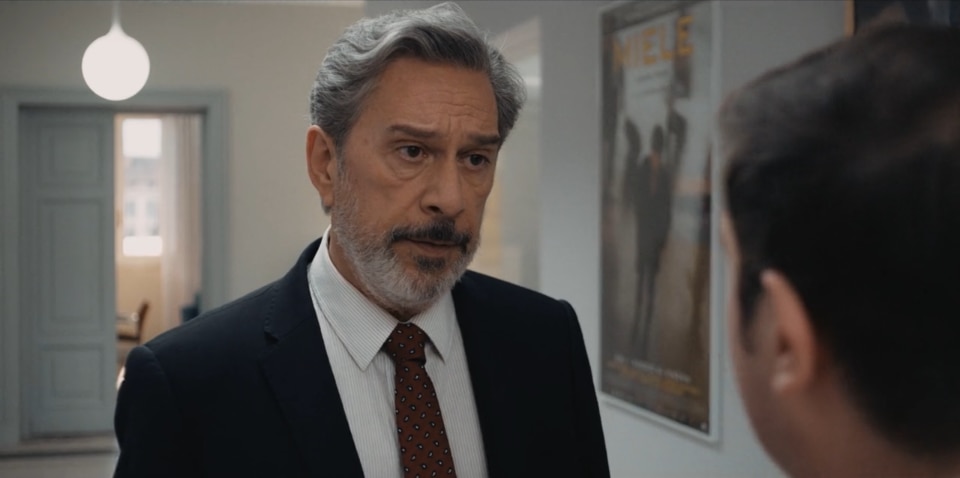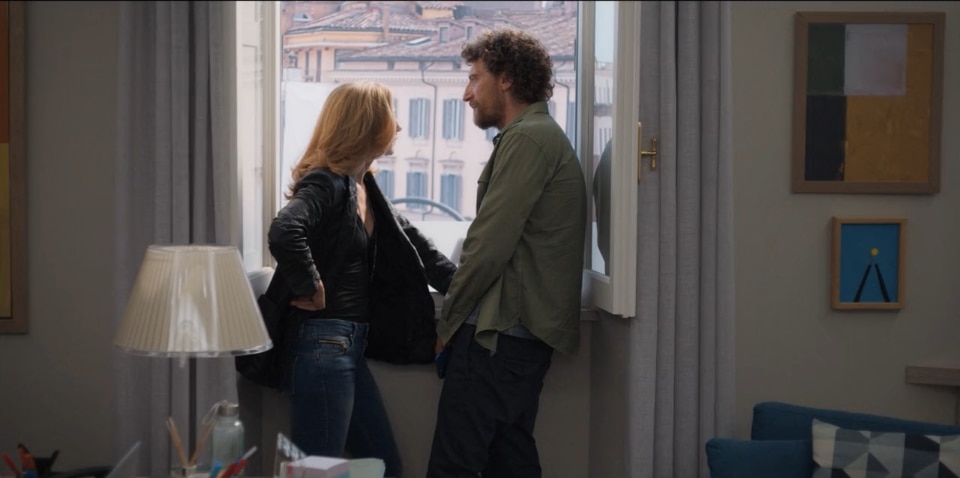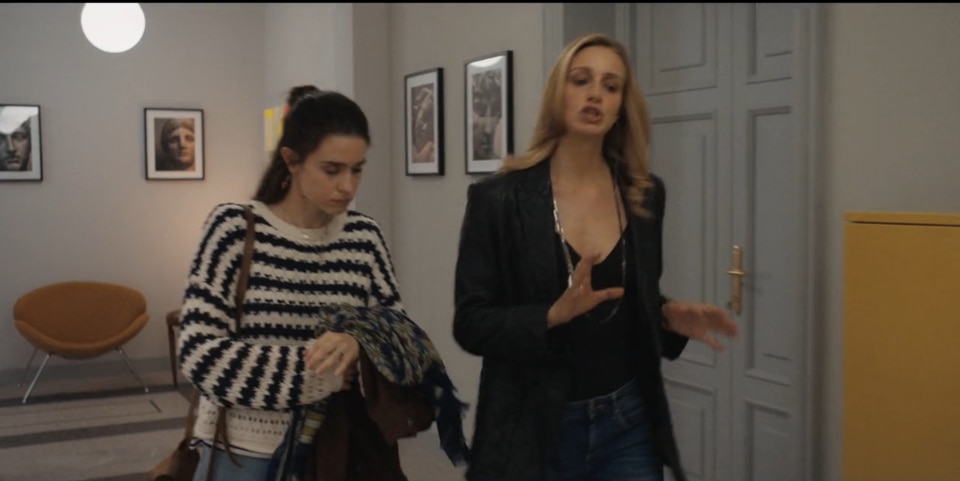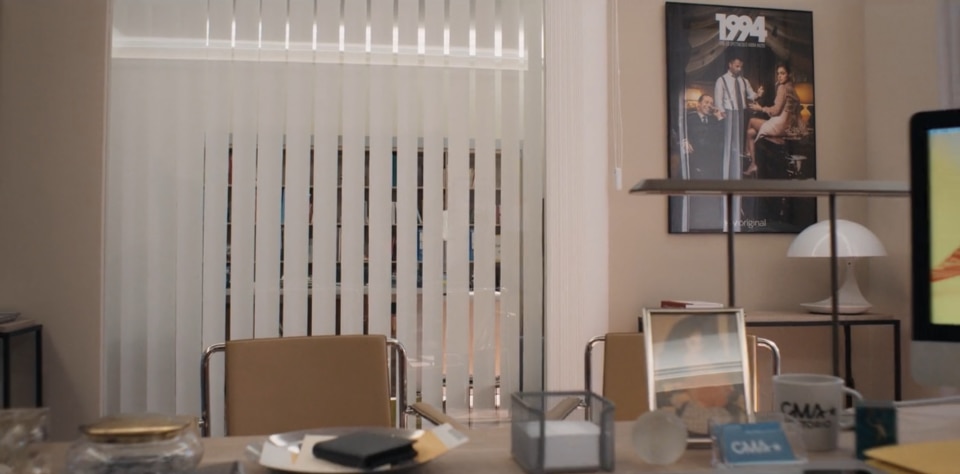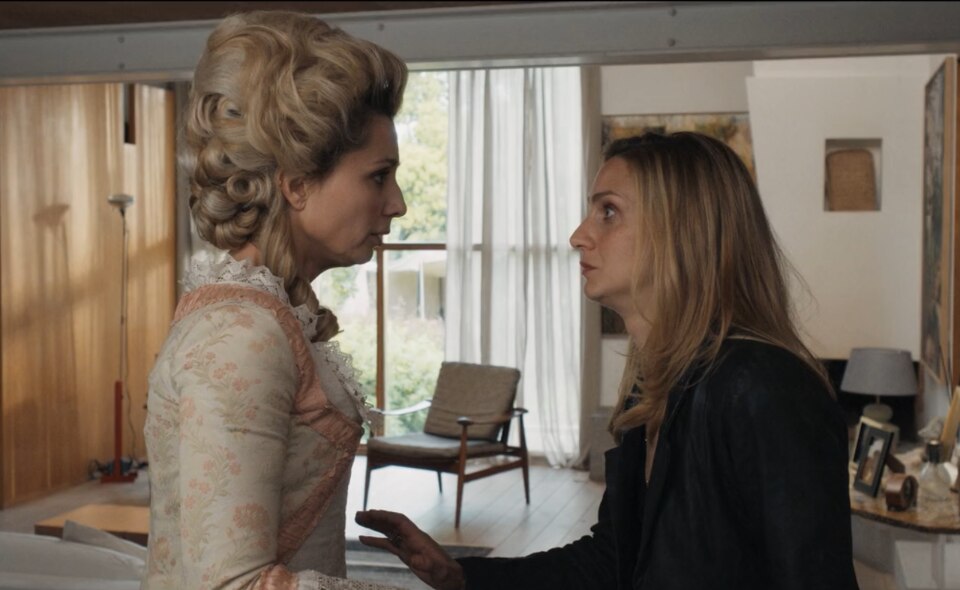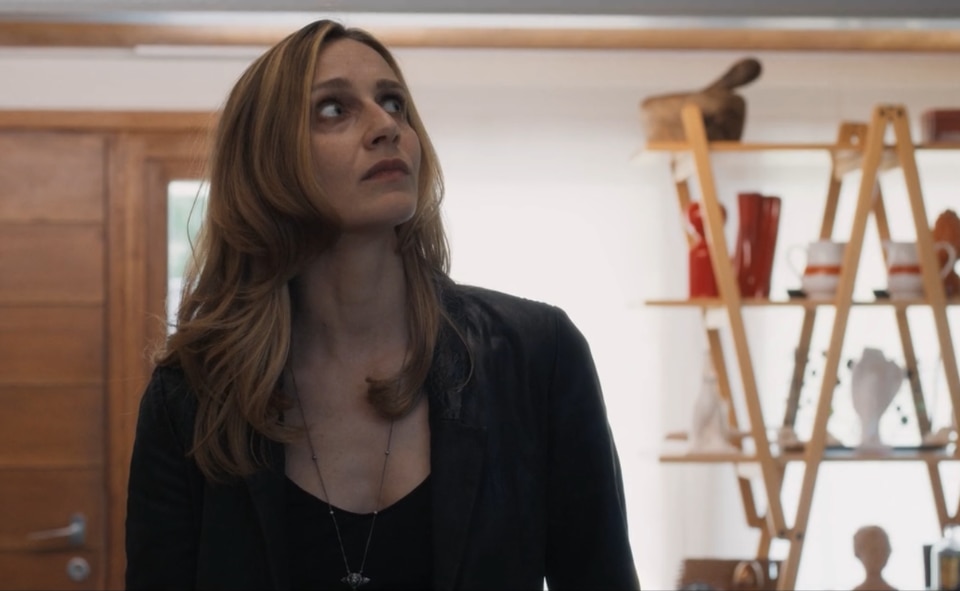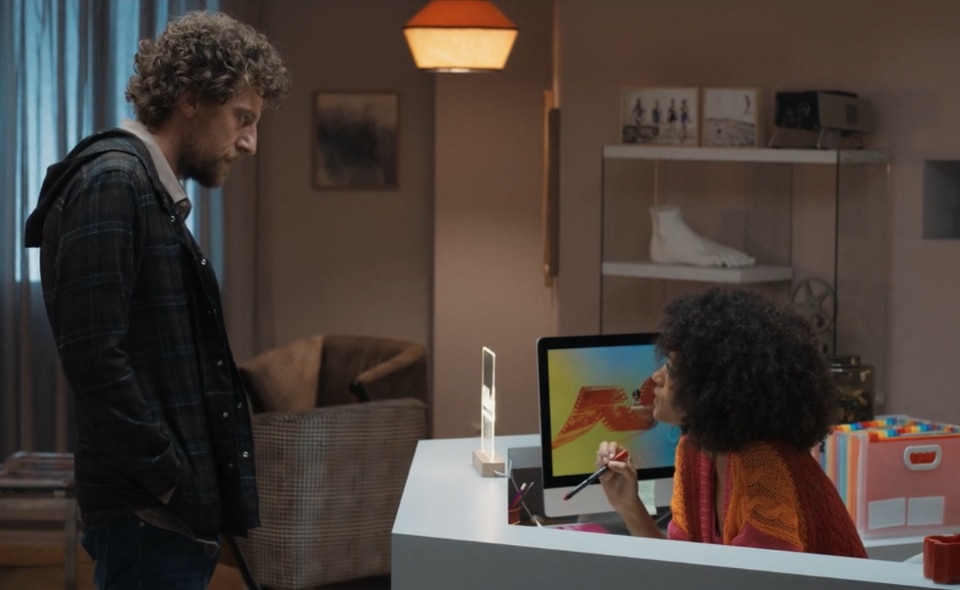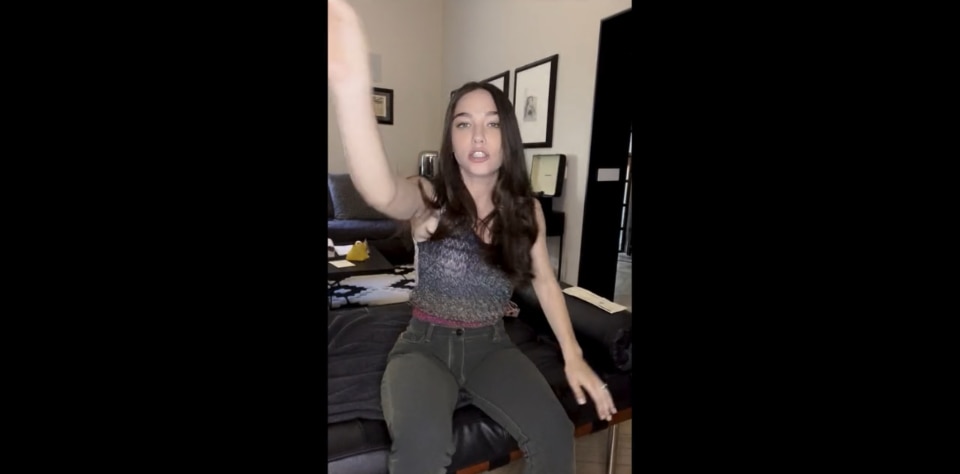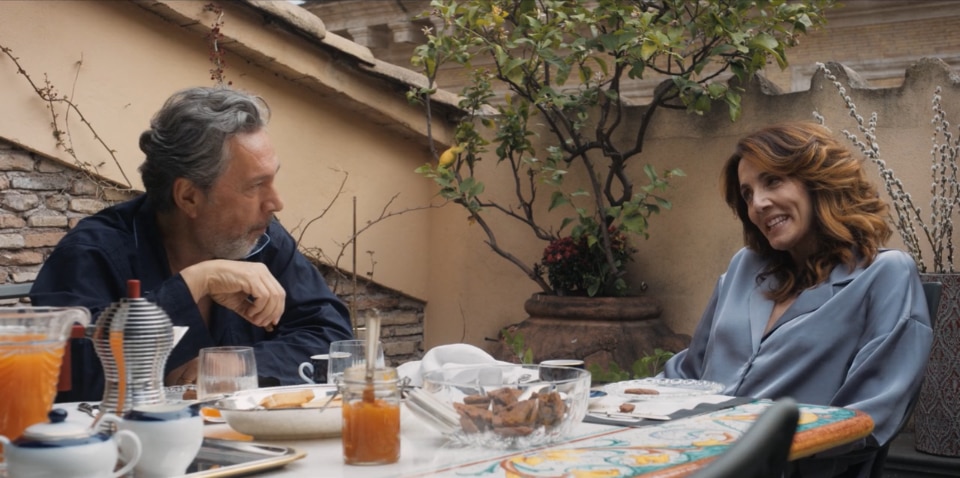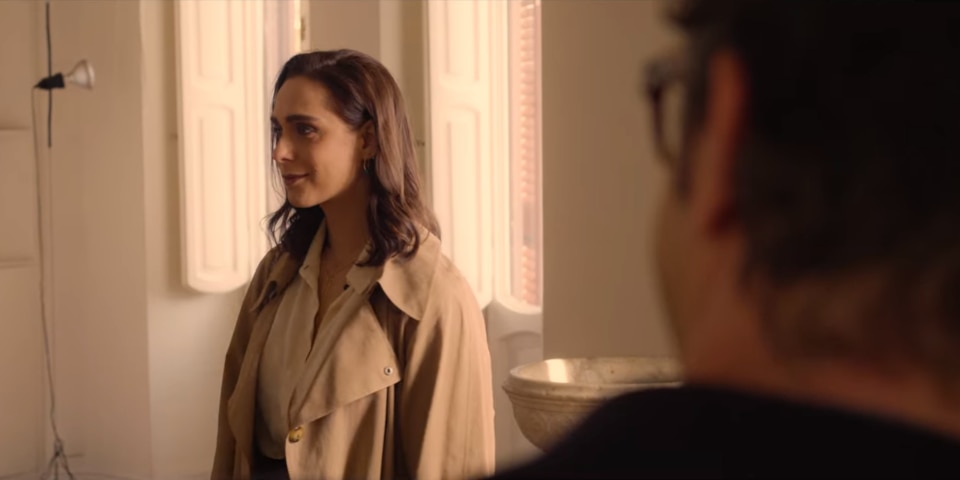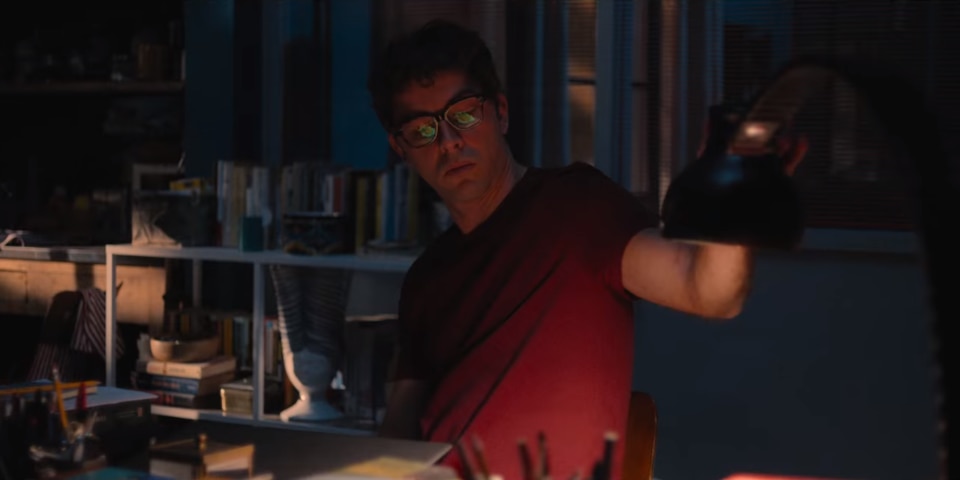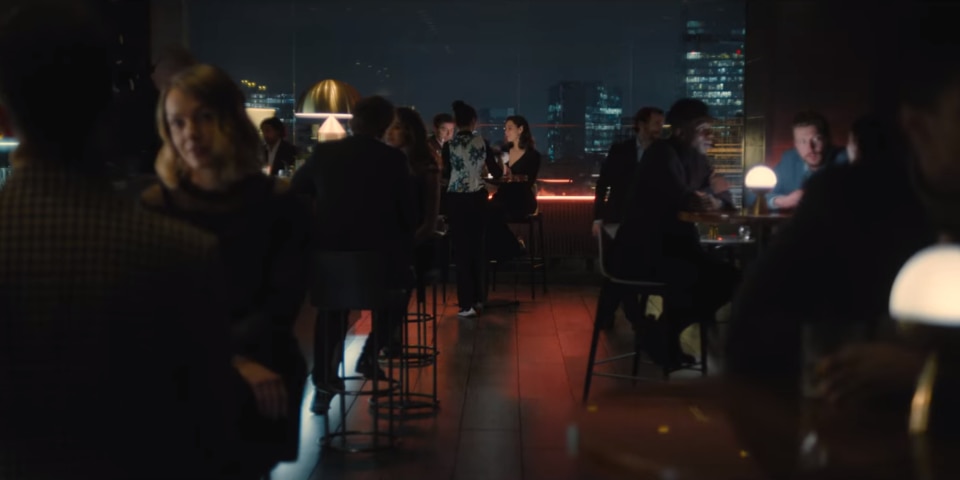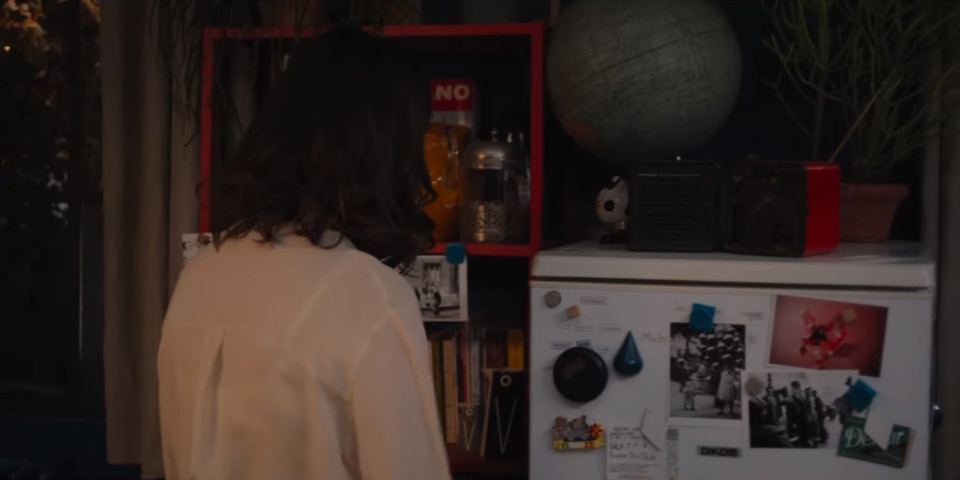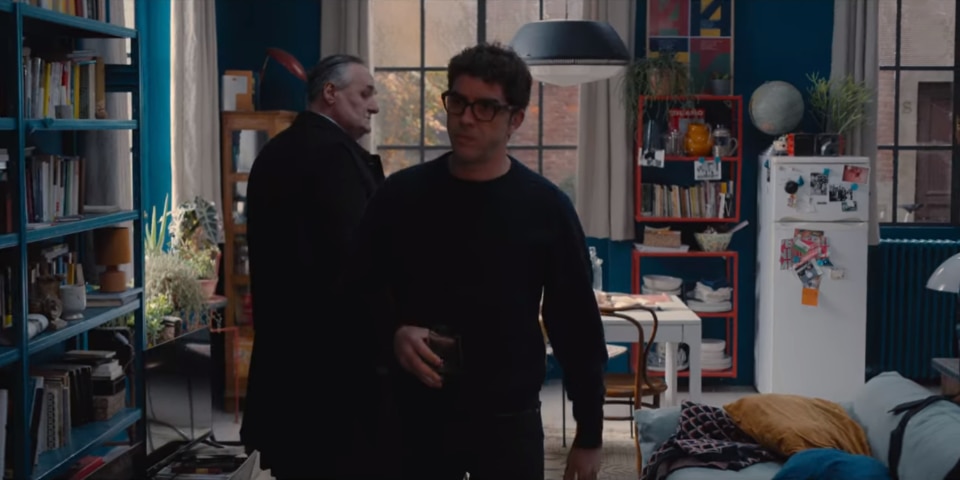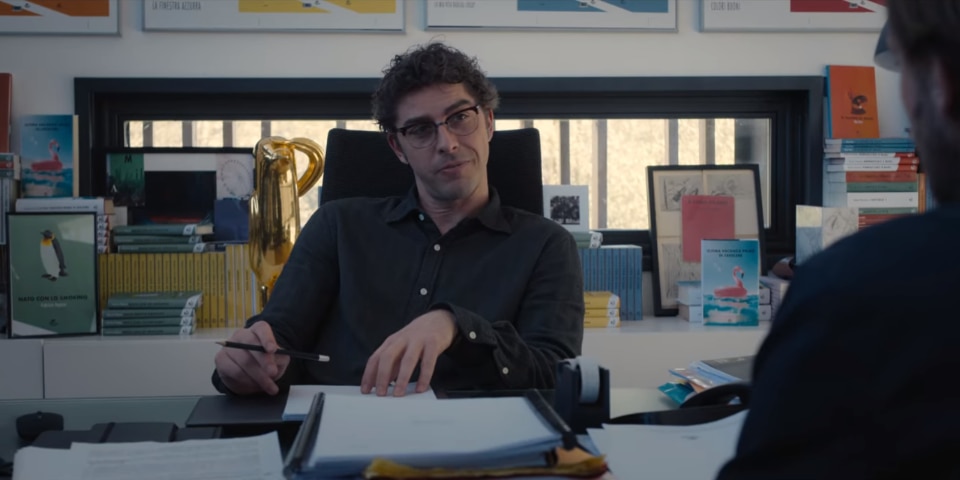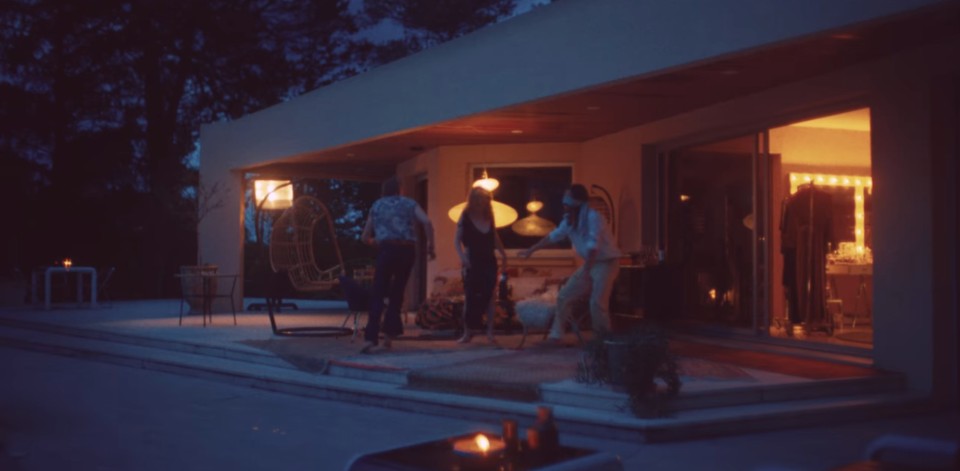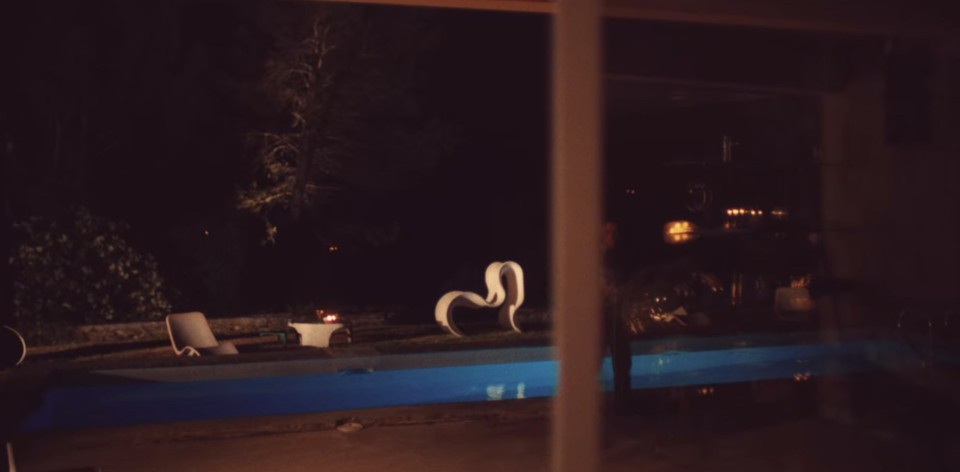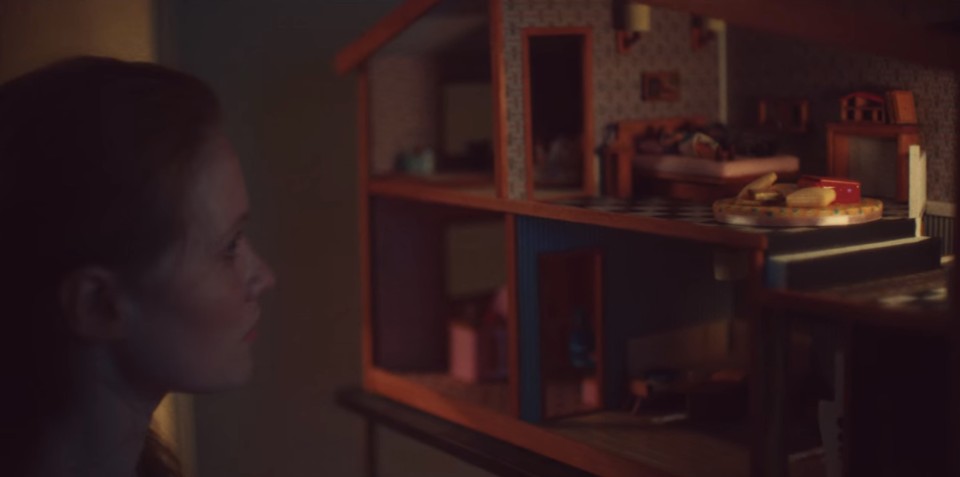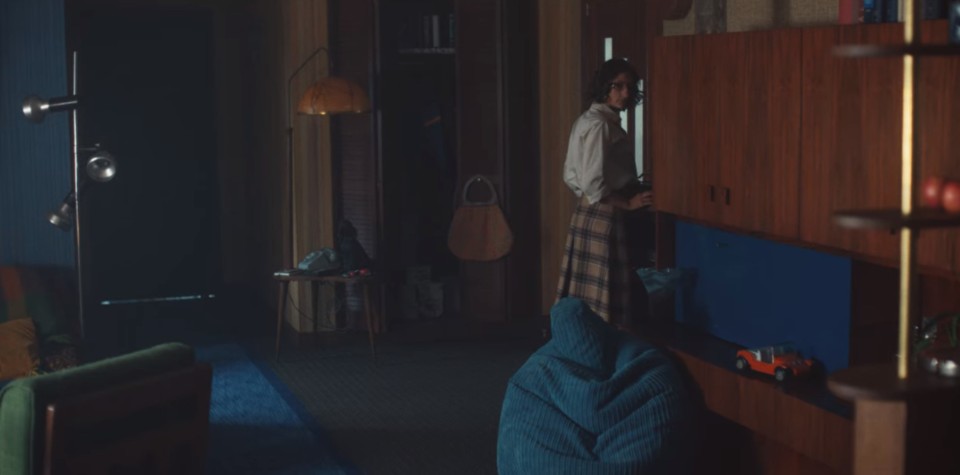More and more design objects “inhabit” films and tv series.
Sometimes, these objects only play a decorative role, other times they give character to a space or an environment or even to the narrated story.
With this article, we would like to start a collective census of the design objects that appear in movies and on tv.
Borgen – Il potere
Directed by Søren Kragh-Jacobsen, Rumle Hammerich
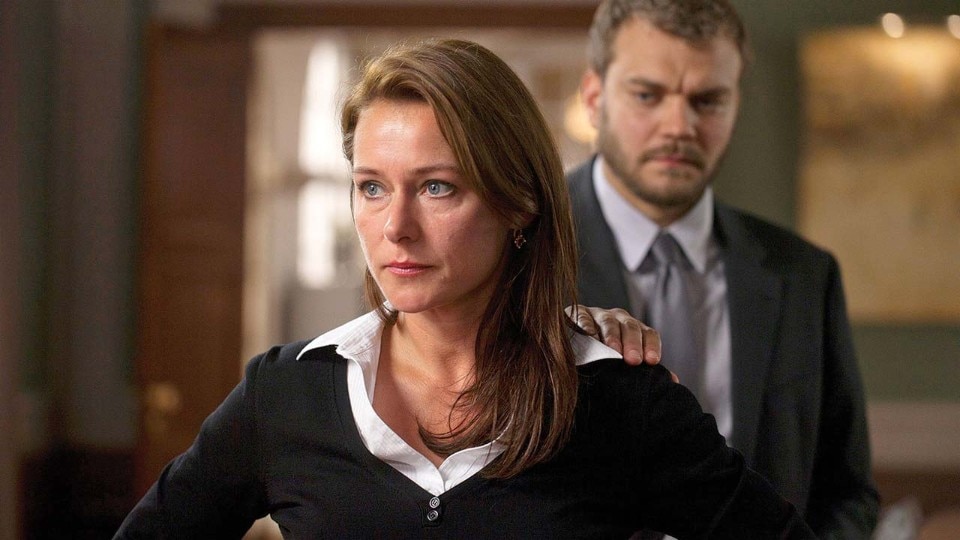
Power is emerging as the dominant obsession or the recurring fetish of many recent TV shows. Borgen, a Danish-produced TV series, is a prime example: around the central figure of Birgitte Nyborg, who in fiction is said to be the first woman premier of the Danish government (who in reality anticipates, prefigures and then takes inspiration from Helle Thorning-Schmidt, the first real premier to head the Copenhagen government), the TV show orchestrates a dense web of intrigues and machinations that take place in Christiansborg Palace (nicknamed Borgen, the Castle), where the three most important powers of the state are based: the Parliament, the Prime Minister’s office and the Supreme Court. The clash of gender mixes and overlaps with the clash and conflict between factions and political parties, in an interweaving that is also proposed as a factual reflection on the forms of politics in contemporary Europe.
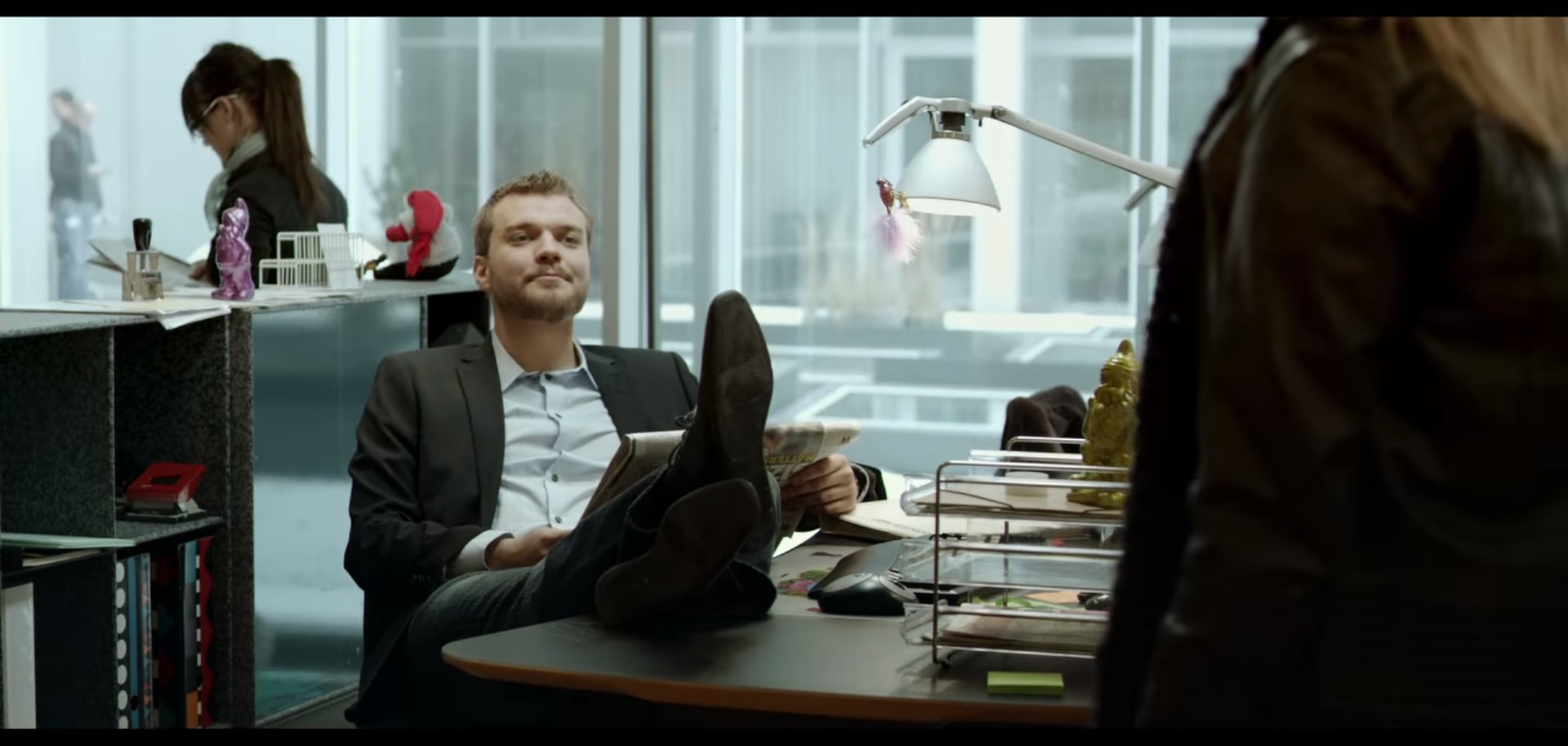
 View gallery
View gallery
Among the objects that furnish the various rooms of the building, one notices - as is obvious and predictable - some table or pendant lamps made by Louis Poulsen (the historic Danish lighting company founded in 1874, emblem of the Scandinavian design tradition), including the very famous Artichoke by Poul Henningsen. It is also to be noted the presence of Italian design icons such as the Costanza lamp (designed by Paolo Rizzatto) and Fortebraccio (by Rizzatto and Meda) for Luceplan, along with other pieces from the catalogue of Italian companies such as Flos (present with Philippe Starck’s Archimoon), Kartell (present with the Mr. Impossible chair, also by Starck) and Magis (whose spinning top-shaped armchair Spun, designed in 2010 for the Italian company by British designer Thomas Heatherwick, can be glimpsed).
Installed in places of power, design here performs the dual function of status symbol and certification of efficiency and functionality.
Dry
Directed by Paolo Virzì, 2022

It has not rained in Rome for almost three years. More than a thousand days without a drop of water. TheTiber has dried up. Drinking water is rationed. Thirst and parchedness begin to affect people. Some are driven by this extreme situation to make important decisions. But there are also those who take advantage of the calamity to carve out their own quarter of an hour of fame.
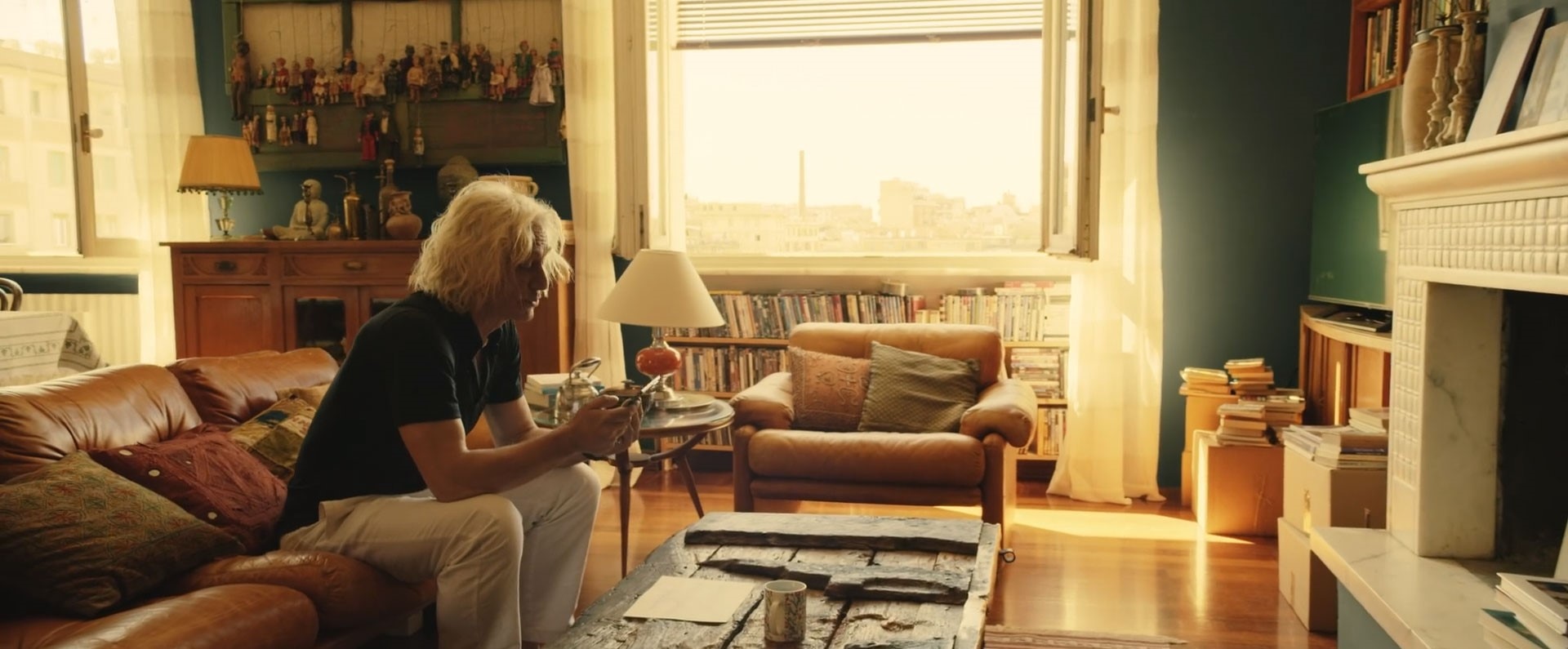
 View gallery
View gallery
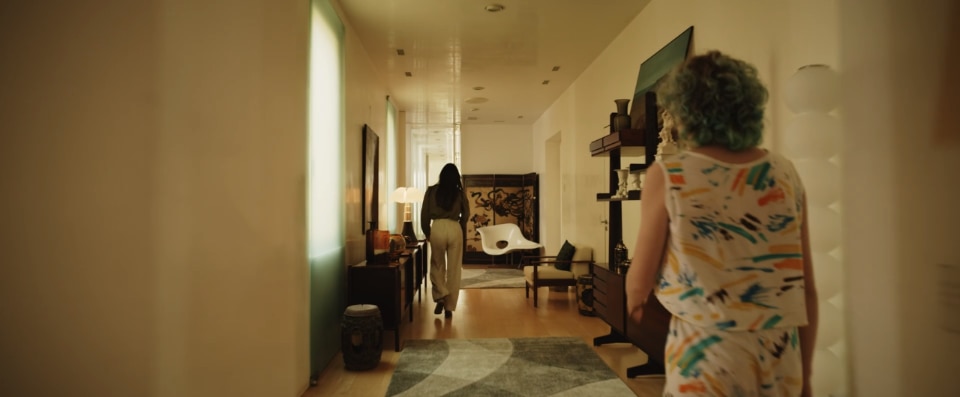
Gae Aulenti Pipistrello, Martinelli Luce and La Chaise by Eames, from 1991 for Vitra
Amazon Prime Video

Gae Aulenti Pipistrello, Martinelli Luce and La Chaise by Eames, from 1991 for Vitra
Amazon Prime Video
Dimitri Capuani's set design draws a dystopian landscape of loneliness, pettiness, and hallucinations. In a Rome infested with cockroaches and the bite of thirst, he does not forget to place designer objects that some characters insist on flaunting as status symbols but which, more generally, are mute witnesses of a time (the pre-dynasty one) when the search for beauty and comfort could still be the focus of the characters' interest.
Among the most surprising appearances are the Flap sofa by Francesco Binfaré for Edra, the Coronado sofa by Afra and Tobia Scarpa for B&B, and the Pipistrello lamp by Gae Aulenti for Martinelli Luce, all placed in the home of the doctor played by Claudia Pandolfi.
Call my agent
Directed by Luca Ribuoli.
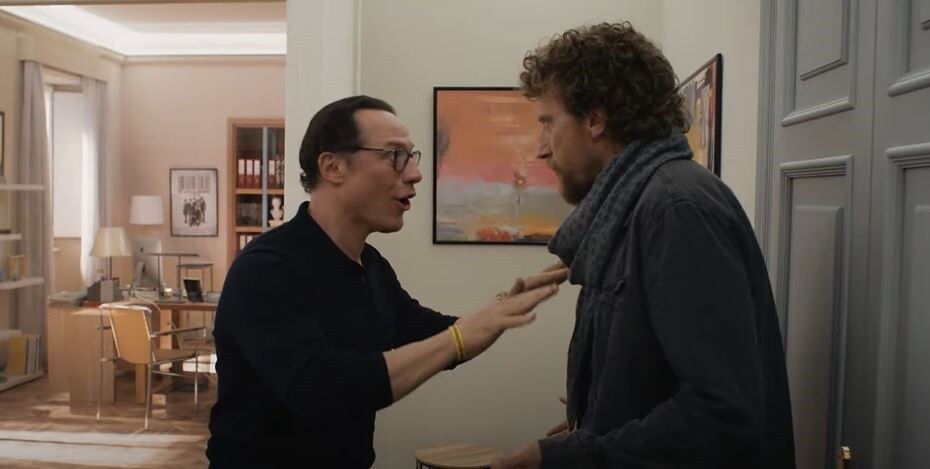
Remake of the French series Dix pour cent, Call my Agent-Italia chronicles the daily life of a Roman agency that looks after the interests of some of the most important Italian film stars. The agents are fictional characters, while the talents (Paola Cortellesi, Paolo Sorrentino, Pierfrancesco Favino, Matilda De Angelis, Stefano Accorsi and Corrado Guzzanti) play themselves with a good dose of self-irony. The agency’s headquarters, the place where all actions converge and from where they then depart, is furnished in such a way as to convey an image not only of seriousness but also of reliability and harmony with the tastes and trends of the moment, almost as if to refute and counterbalance the neuroses, insecurities and conflicts that pervade the relationships of agents among themselves and of agents with their talent.
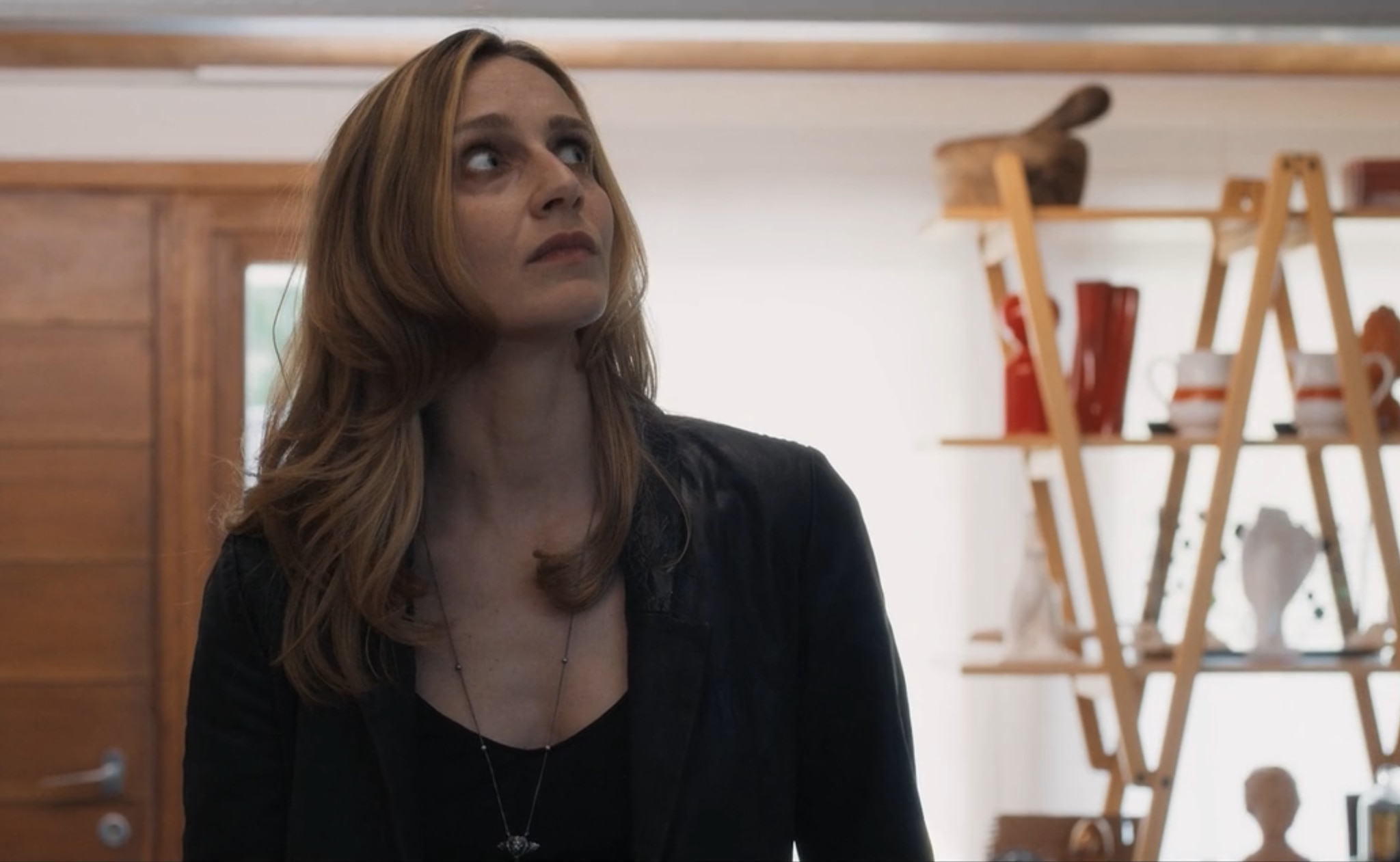
 View gallery
View gallery
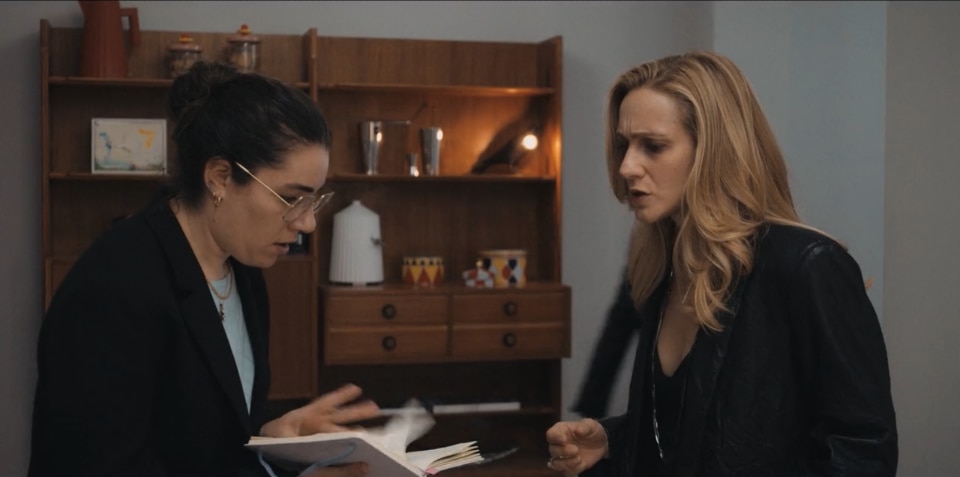
Call my Agent – Italia
Circus collection of objects by Marcel Wanders for Alessi, Plissé Electric kettle, Squeezer by Michele De Lucchi for Alessi
Sky
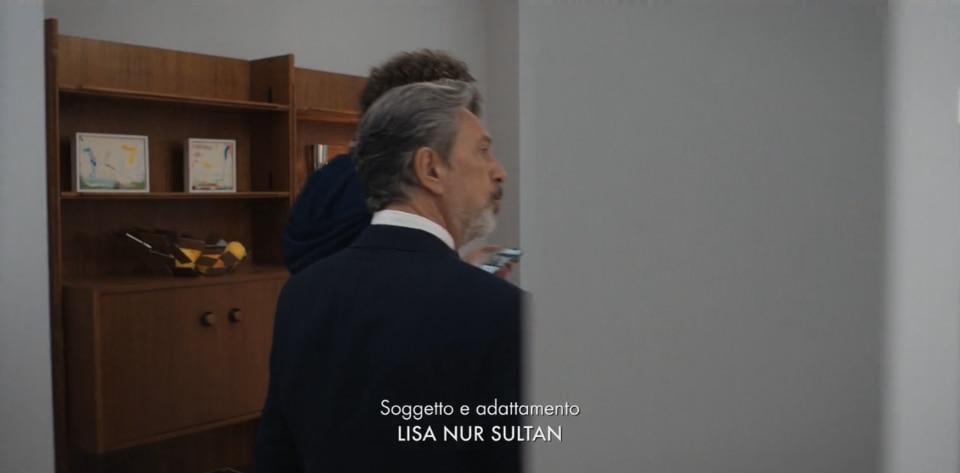
Call my Agent – Italia
On a vintage bookcase, table centrepiece La stanza dello scirocco by Mario Trimarchi for Alessi
Sky
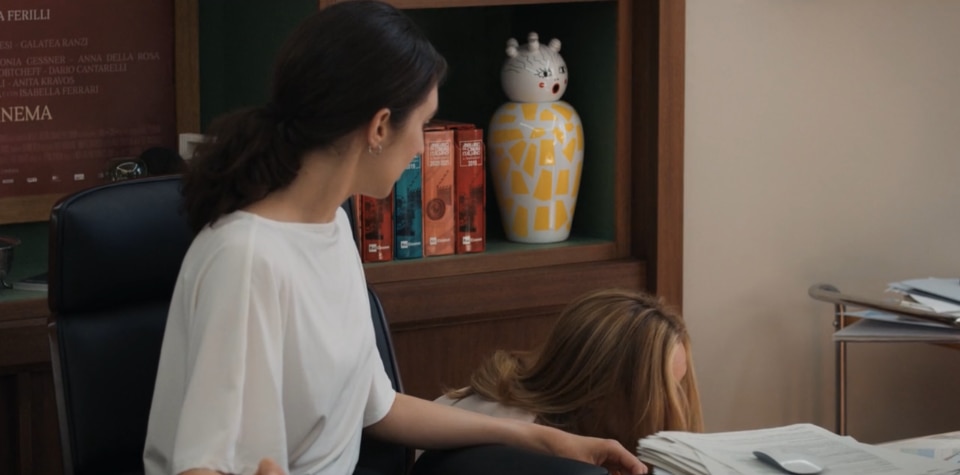
Call my Agent – Italia
In Dolomite vase with Le Canopie-Rosio lid by Elena Cutolo for Seletti
Sky

Call my Agent – Italia
Circus collection of objects by Marcel Wanders for Alessi, Plissé Electric kettle, Squeezer by Michele De Lucchi for Alessi
Sky

Call my Agent – Italia
On a vintage bookcase, table centrepiece La stanza dello scirocco by Mario Trimarchi for Alessi
Sky

Call my Agent – Italia
In Dolomite vase with Le Canopie-Rosio lid by Elena Cutolo for Seletti
Sky
Thus, while the walls are hung with posters and playbills of the most institutional titles of Italian cinema of the past (La dolce vita, Io la conoscevo bene, La ragazza con la pistola) and of the most successful films of contemporary Italian cinema (La grande bellezza, Perfetti sconosciuti, Call me by Your name), the choice of objects that furnish the various rooms oscillates between vintage (from the 1970s coat hangers, to bookcases, to the Olivetti typewriter peeping out from a shelf), recognised iconicity (with evergreens such as Gae Aulenti’s Pipistrello lamp or Vico Magistretti’s Nuvola rossa bookcase) and pieces that wink at the contemporary (some collections by Seletti and Alessi). In this way, design offers itself as an identifying and in its own way reassuring presence, suggesting the ability of those who inhabit those spaces to intercept the symbols of the contemporary without forgetting the great lesson of the past.
The presence of Vico Magistretti's Nuvola Rossa in this TV series was brought to the attention of the Domus editorial team by Mirko Ballarini.
Loyalty
Italian series directed by Andrea Molaioli and Stefano Cipani, based on the novel of the same name by Marco Missiroli, starring Michele Riondino and Lucrezia Guidone.
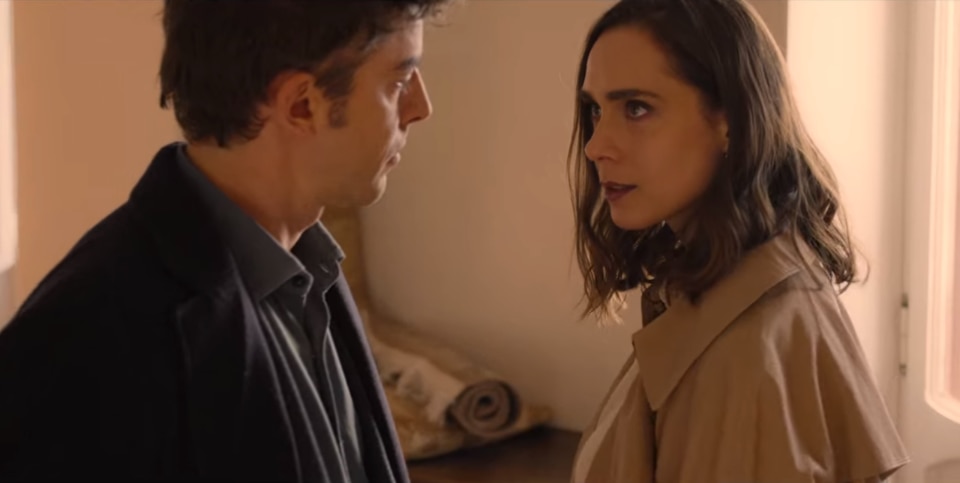
Margherita Verna is an architect. But life has led her to stifle her dreams and become an estate agent. Her husband, Carlo Pentecoste, is a writer and teaches creative writing.
The two live in a small house with petrol-blue walls, where things often break, but all the objects speak of their passions, their lives, and their loves: the Brionvega radio and the Valentine typewriter for him, the Thonet chair and the Artimeta lamp by Stilnovo for her. Even the poster of the 14th Triennale designed by Albe Steiner peeps out on one wall.
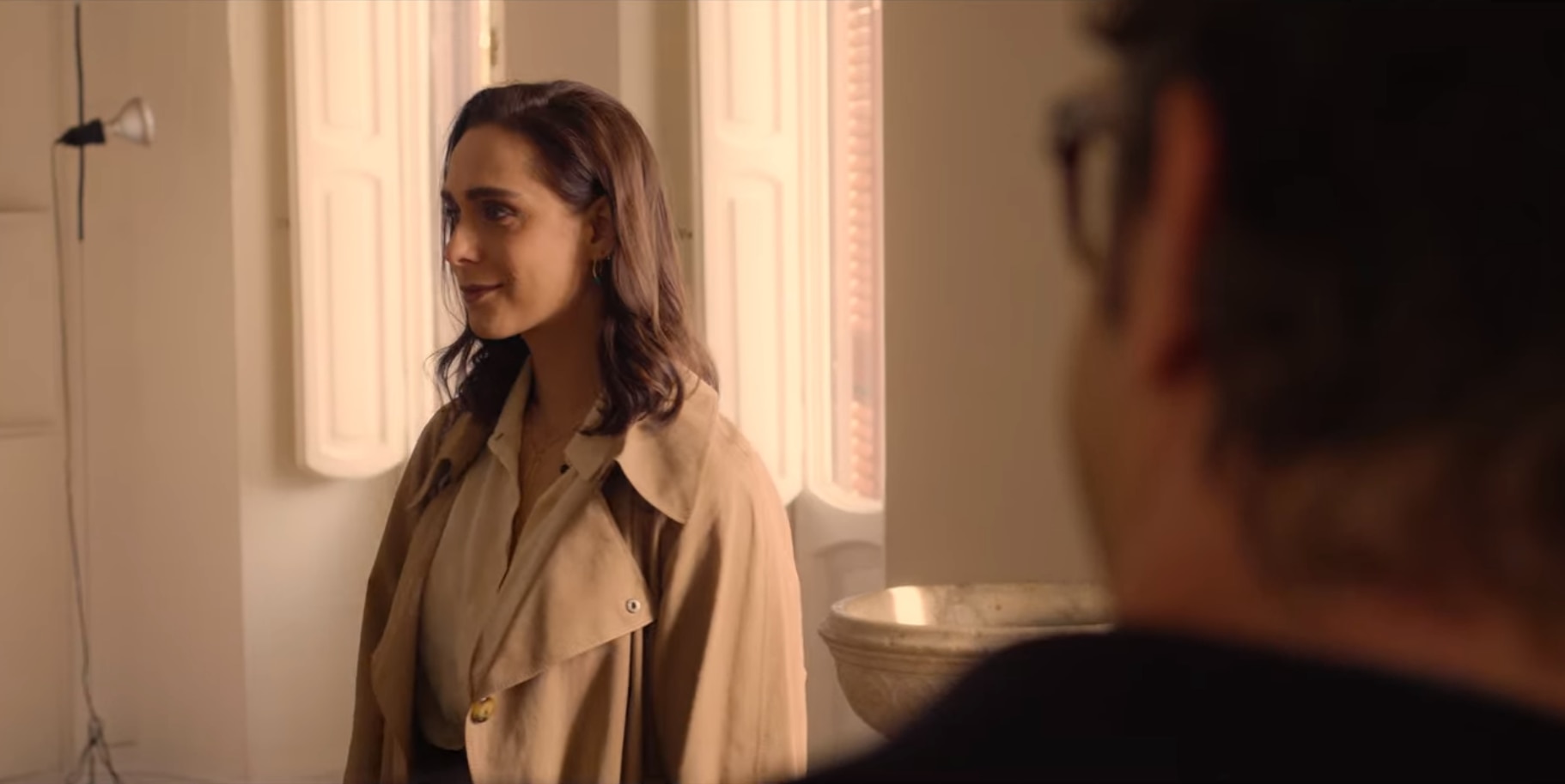
 View gallery
View gallery
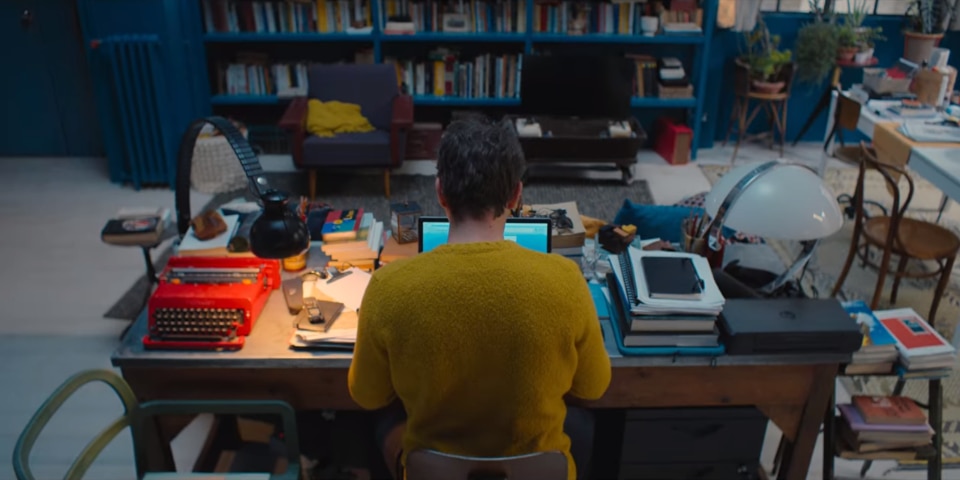
Loyalty
Valentine by Ettore Sottsass for Olivetti, Thonet chair, 1970s Artimeta table lamp for Stilnovo
Netflix

Loyalty
Valentine by Ettore Sottsass for Olivetti, Thonet chair, 1970s Artimeta table lamp for Stilnovo
Netflix
But in her search for homes to offer on the real estate market, in the series’ first frames, Margherita falls in love with a Milanese house flooded with light, with grit floors, no lift and 99 steps to walk up.
The house is empty, with no furniture, the only presence that gives it identity is a Parentesi lamp by the Castiglioni brothers, which marks and measures the space.
Les Papillons Noirs
A thriller series by Olivier Abbou and Bruno Merle.
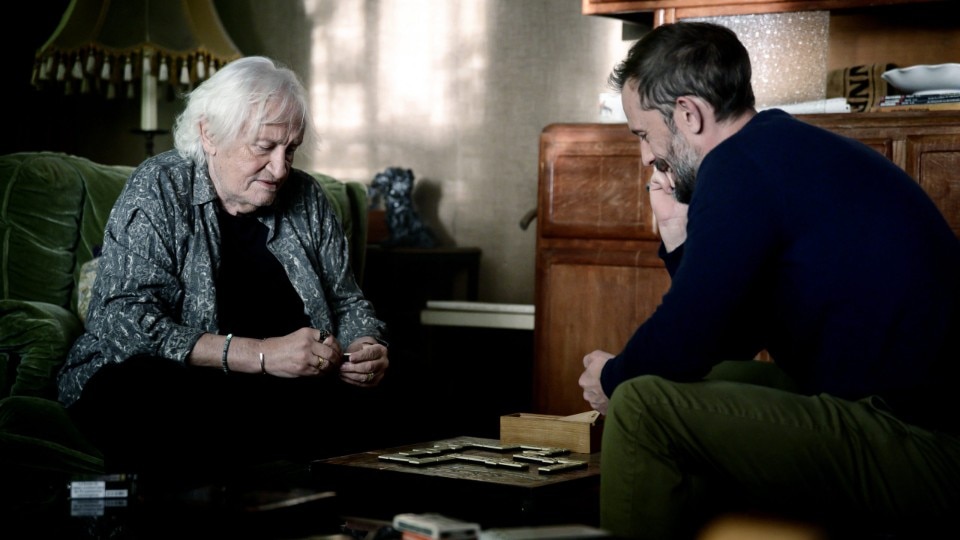
Low on inspiration, an author accepts to collect the memories of an old, retired man who wants to leave a trace and a memoire of the most relevant events of his life. An insane love story emerges from the old men’s words: his lover Solange and him have been a serial killer couple who left a brutal trail of blood in 1970s France. But someone else is also investigating his shady past…a tv series that stands at the crossroad of eroticism and cinephilia, with echoes of William Friedkin and Brian De Palma’s movies.
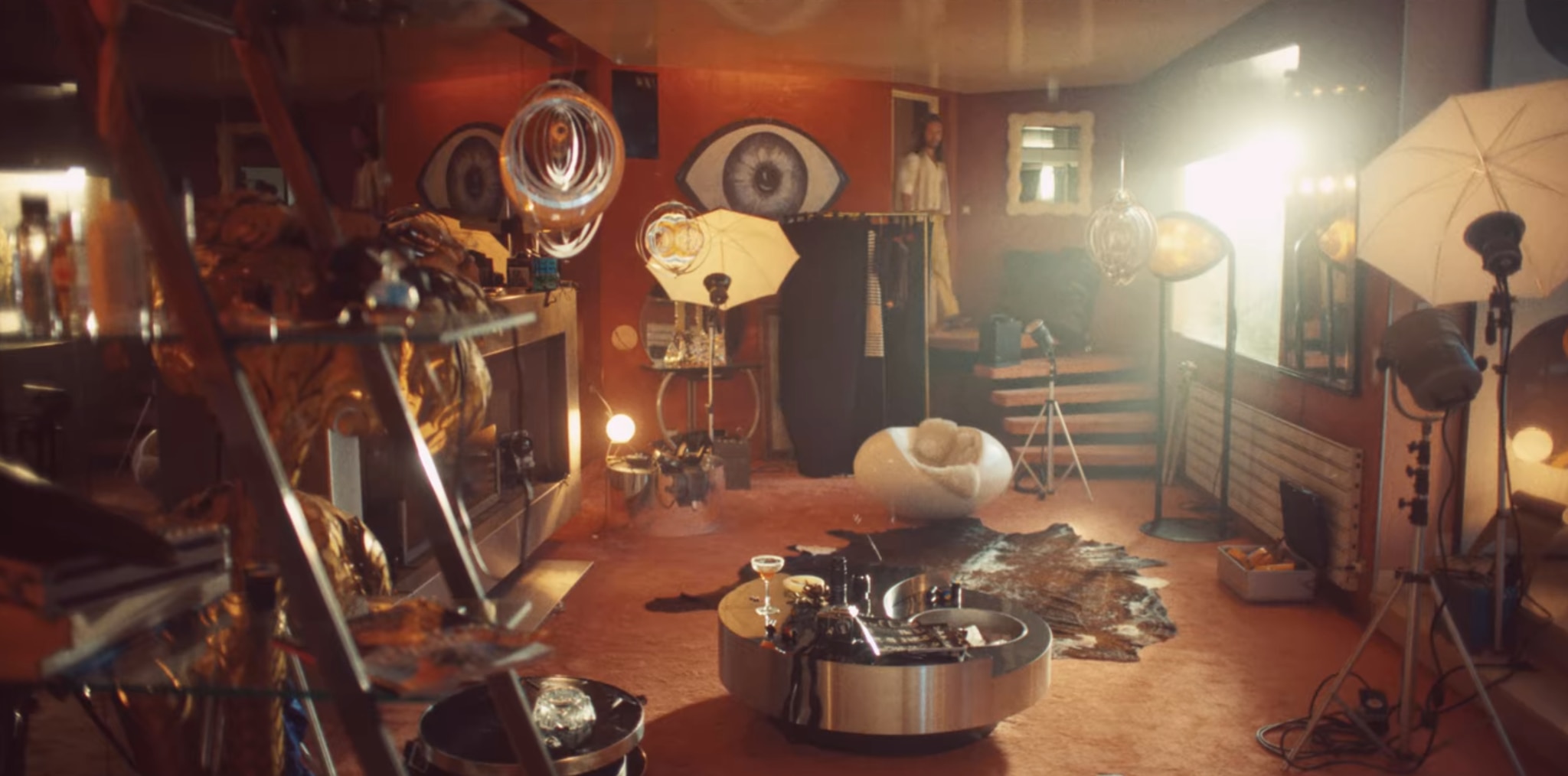
 View gallery
View gallery
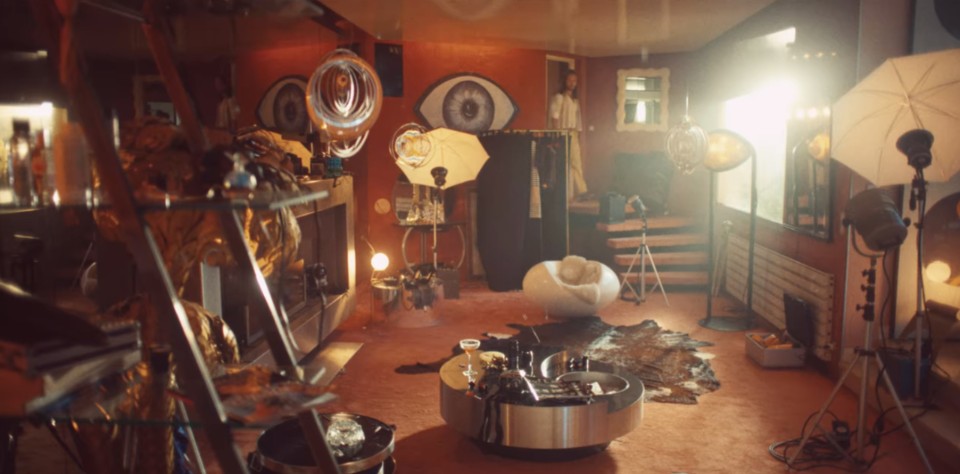
Les Papillions Noirs
Pastille armchair Eero Aarnio; Willy Rizzo low table 1970s
Netflix

Les Papillions Noirs
Pastille armchair Eero Aarnio; Willy Rizzo low table 1970s
Netflix
Setting and design
The set design compellingly recreates certain interiors from the 1970s. The house of the two lovers, for instance, has the typical floral wallpapers of that period and even has a two-story doll house; while in the house-studio of the photographer the two lovers meet, the furniture and the mise-en-scène give off all the nonconformity of the Pop culture of the time.
There’s a shiny Pastil Chair, designed by Eero Aarnio in 1967, with its unmistakable simple, ergonomic, and comfortable shape.
In the various episodes of the series, there are also Willy Rizzo’s mirrored round coffee table and the must-have Sacco chair (1968) by Zanotta, an informal, anatomic, and innovative bean bag chair that, with its mere presence, can recreate the atmosphere of an entire time period.
Outdoors, the silhouette of the Fiocco lounge chair by Busnelli designed by Gianni Pareschi and a whole bunch of rush furniture also make their appearance.


